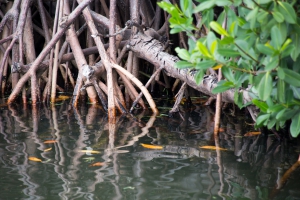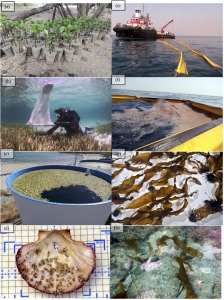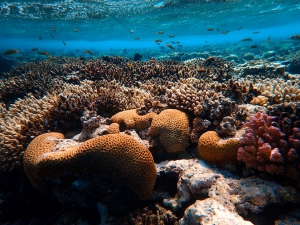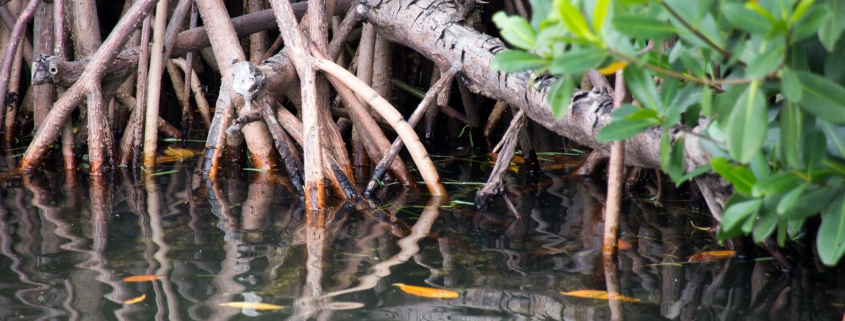The Power of Propagules: Restoring Coastal Marine Ecosystems
By Nina Colagiovanni, SRC intern
As the health and extent of coastal marine ecosystems are at risk worldwide, scientists are working diligently to reverse the damage done. Propagules––structures such as fruits, seeds, larvae and more––act to propagate an organism into the next stage of its life-cycle. They can last from days to months or remain dormant until satisfactory conditions are present. However, scientists are still learning more about how propagules can be used successfully. Research conducted by Vanderklift et al. in 2020 has analyzed the life histories of main habitat-forming taxa in six coastal marine ecosystems: mangrove forests, tidal marshes, seagrass meadows, kelp forests, coral reefs and bivalve reefs.
But you may wonder, why is this research important? Well, restoration efforts will help increase survival rates of species that cannot thrive in degraded ecosystems. And, in addition, ecological restoration can be a nature-based solution to problems that humans face, such as food security and climate change (Vanderklift et al. 2020).

A mangrove tree in the Florida Keys [Photo by Hayden Dunsel via Unsplash]

Examples of how propagules are used in restoration [Source: Vanderklift et al. 2020]
This research expressed many challenges faced by scientists. Unlike mangroves, coral reefs––pictured in Figure 3 below––pose a bigger task for scientists. Research has found that while corals regrow from their fragments, it can be both labor-intensive and limiting to specific coral taxa (Vanderklift et al. 2020). While some recovery techniques are worthwhile, they will rarely fully replace a lost habitat (Elliot et al. 2007). But as some of the greatest threats to biodiversity include habitat loss and disturbance, scientists must understand and assess restoration methods (Milbrandt et al.

A coral reef in the Red Sea [Photo by Francesco Ungaro via Unsplash]
Works cited
Elliott, M., Burdon, D., Hemingway, K. L., & Apitz, S. E. (2007). Estuarine, coastal and marine ecosystem restoration: confusing management and science–a revision of concepts. Estuarine, Coastal and Shelf Science, 74(3), 349-366.
Milbrandt, E. C., Thompson, M., Coen, L. D., Grizzle, R. E., & Ward, K. (2015). A multiple habitat restoration strategy in a semi-enclosed Florida embayment, combining hydrologic restoration, mangrove propagule plantings and oyster substrate additions. Ecological Engineering, 83, 394-404.
Vanderklift, M. A., Doropoulos, C., Gorman, D., Leal, I., Minne, A. J., Statton, J., … & Wernberg, T. (2020). Using propagules to restore coastal marine ecosystems. Frontiers in Marine Science, 7, 724.



